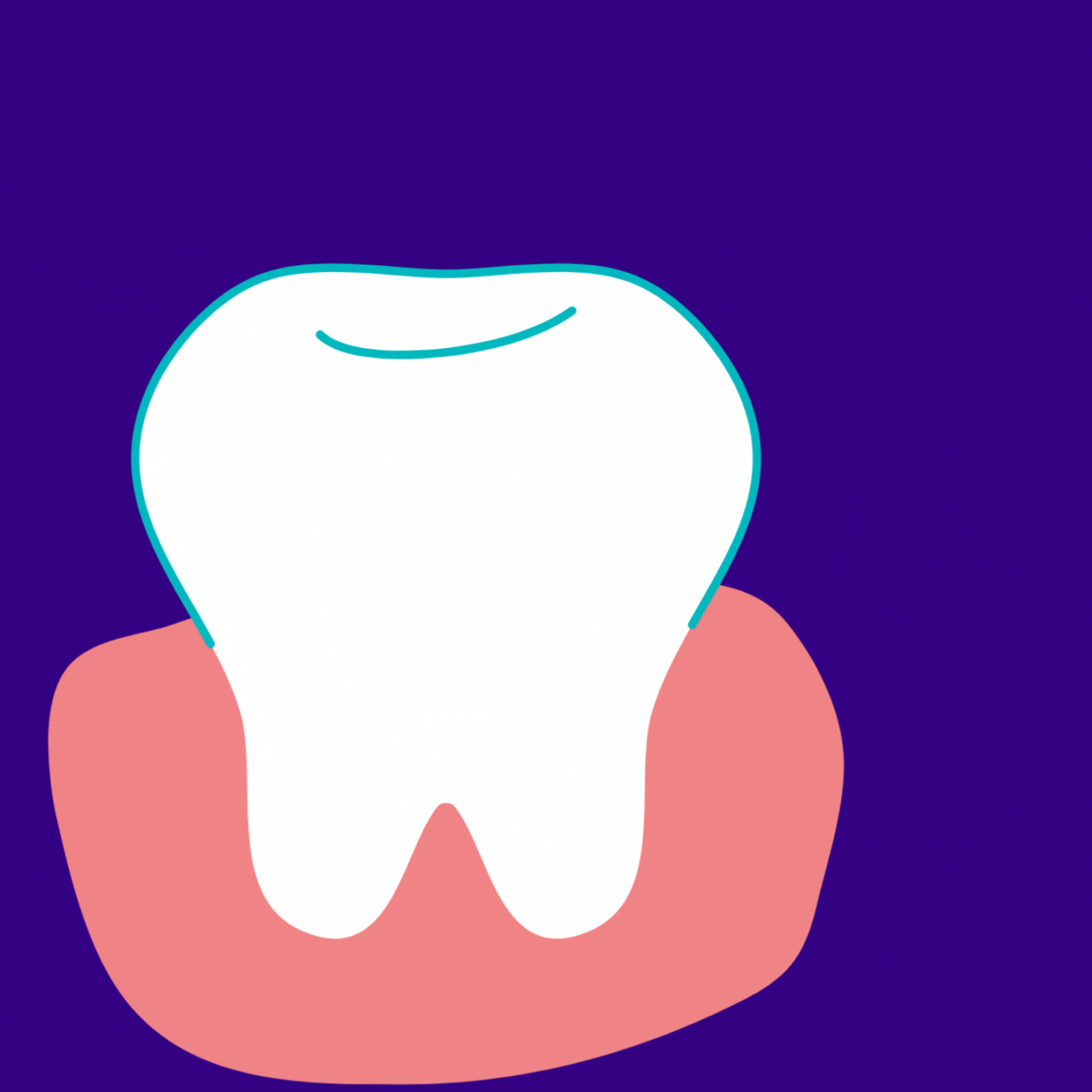.png)

Root canal treatment, also known as endodontic treatment, is a dental procedure preformed to remove infected or inflamed pulp on the inside of the tooth. The dental pulp is a combination of blood vessels, nerves and connective tissues that initially develops the surrounding hard tooth structure.
After carefully cleaning and disinfecting the root of the tooth, it is then filled and sealed. A fully developed tooth can survive without the pulp because the tooth continues to receive nourishment from the surrounding periodontal tissues.
The purpose of root canal treatment is to save a tooth that is severely damaged due to injury or decay by eliminating bacteria from the infected root canal and preventing reinfection of the tooth. This process prevents extraction of the tooth or further infection of surrounding tissues.
when is a root canal needed?

%20(2).png)
Indications for root canal treatment include:
Trauma to the tooth exposing the nerve
Severe tooth decay extending into the pulp of the tooth
Crack or break in the tooth the extends into the nerve
Save a dying to tooth as a result of aging or previous trauma

Symptoms and signs you may
need a root canal
Symptoms can very from person to person, even tooth to tooth. You can experience a combination of these symptoms, only one or none at all. It's important to keep regular appointments with the dentist for early detection and prevention.
Severe pain while chewing or biting
Abscess/pimples on the gums
A chipped or cracked tooth
Lingering sensitivity to hot or cold, even after the stimulant has been removed
Swollen or tender gums
Swelling in face or neck
Tooth discoloration
Darkening and discoloration of tooth or gums
Tooth mobility
Infected pulp that causes an abscess (accumulated pus in the tooth or gum)

what to expect
Root canal therapy usually involves local anesthesia to eliminate discomfort and the procedure may be completed in one or more visits depending on the treatment required. X-rays will be taken throughout the treatment process to assist with visibility. After carefully cleaning and filling your root canal, a temporary filling will be placed and antibiotics prescribed if needed. Your doctor will determine which type permanent restoration you require and a separate appointment will be scheduled to complete treatment. These may include a regular filling, crown or crown with post. It may be indicated that additional observation appointments are required over the subsequent months to monitor the treated tooth's healing process.
If your tooth is not amenable to endodontic treatment or the chance of success is unfavorable, you will be informed at the time of the initial consultation or when such observation becomes evident during or after treatment. Following your appointment you may have some discomfort for a few days which can be controlled by over-the-counter pain medications. It is advised to minimize chewing on the tooth under treatment until the procedure is completed with the permanent filling. You will be able to drive home after your treatment, and you probably will be comfortable returning to your normal routine.
Success for this type of treatment occurs in about 90% of cases. This simple treatment can save your natural teeth and prevent the need of dental implants or bridges.
Referrals for root canal treatment
When referred from another office, your initial consultation appointment will confirm you're a candidate for root canal treatment. Time permitting, the procedure can also be performed during that appointment. Following treatment, we will place a temporary filling to seal the tooth and your treatment report along with x-rays will be sent to your general dentist. To complete your treatment, you should contact their office as soon as possible to schedule your permanent filling and crown if needed. The root canal tooth should not remain with a temporary filling for a period exceeding 2 weeks.

